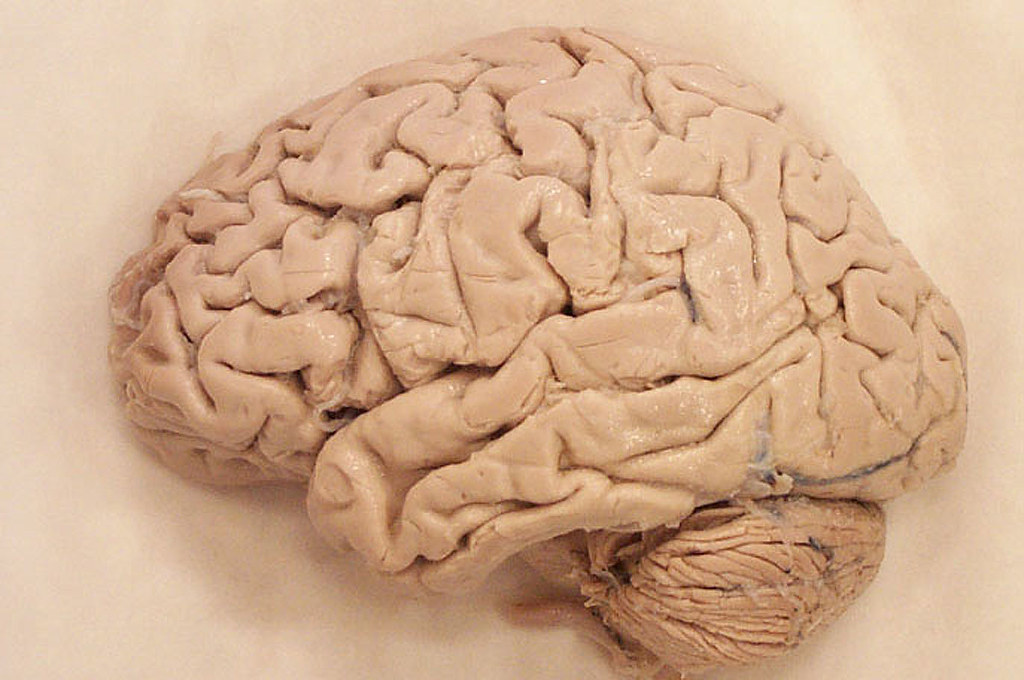Parkinson’s disease is more likely Parkinson’s diseases, according to a new study.

Researchers from the Aarhus University and Aarhus University Hospital, Denmark, have found evidence that Parkinson’s disease is actually two conditions with very similar symptoms but different sources. The findings could help explain why patients can show widely different evolutions of Parkinson’s, and could help improve our ability to treat the condition in the future.
Treatments tailored for each individual patient and their particular symptoms are likely the way forward, the authors note.
Two in one
“With the help of advanced scanning techniques, we’ve shown that Parkinson’s disease can be divided into two variants, which start in different places in the body,” says lead author Professor Per Borghammer. “For some patients, the disease starts in the intestines and spreads from there to the brain through neural connections. For others, the disease starts in the brain and spreads to the intestines and other organs such as the heart.”
Parkinson’s involves the slow degradation of the brain due to a build-up of alpha-synuclein proteins — which negatively impact nerve cells at high levels. The end result is a decline in the brain’s ability to control our bodies’ movements, leading to stiffness, difficulty maintaining balance, with walking, and eventually to uncontrollable shaking. Symptoms almost universally start off as mild and slowly worsen over time.
In order to understand its biological roots, the team used PET and MRI imaging techniques to examine patients with Parkinson’s at various points of the disease’s progression. The team also examined people who had not yet been diagnosed with Parkinson’s but were at high risk of developing the disease (the paper explains that people diagnosed with REM sleep behaviour syndrome have an increased risk of developing Parkinson’s).
Some of the patients showed damage in their dopamine pathways before their heart or intestines were affected. Others, however, showed damage to nerve pathways in their intestines and heart first, without any sign of trouble in their brains. These findings show that our current understanding of how the condition arises and how it develops is faulty, the authors explain.
“Until now, many people have viewed the disease as relatively homogeneous and defined it based on the classical movement disorders. But at the same time, we’ve been puzzled about why there was such a big difference between patient symptoms. With this new knowledge, the different symptoms make more sense and this is also the perspective in which future research should be viewed,” says Borghammer.
The researchers refer to the two types of Parkinson’s disease as body-first and brain-first. They suggest that studying the composition of bacteria in our intestines (our ‘microflora’) could help us better understand the roots of the ‘body-first’ cases. Studying the ‘brain-first’ one would be “a bigger challenge”, they admit, as it starts off “relatively symptom-free”, making it hard to impossible to identify in its early stages.
The study “Brain-first versus body-first Parkinson’s disease: a multimodal imaging case-control study” has been published in the journal Brain.









